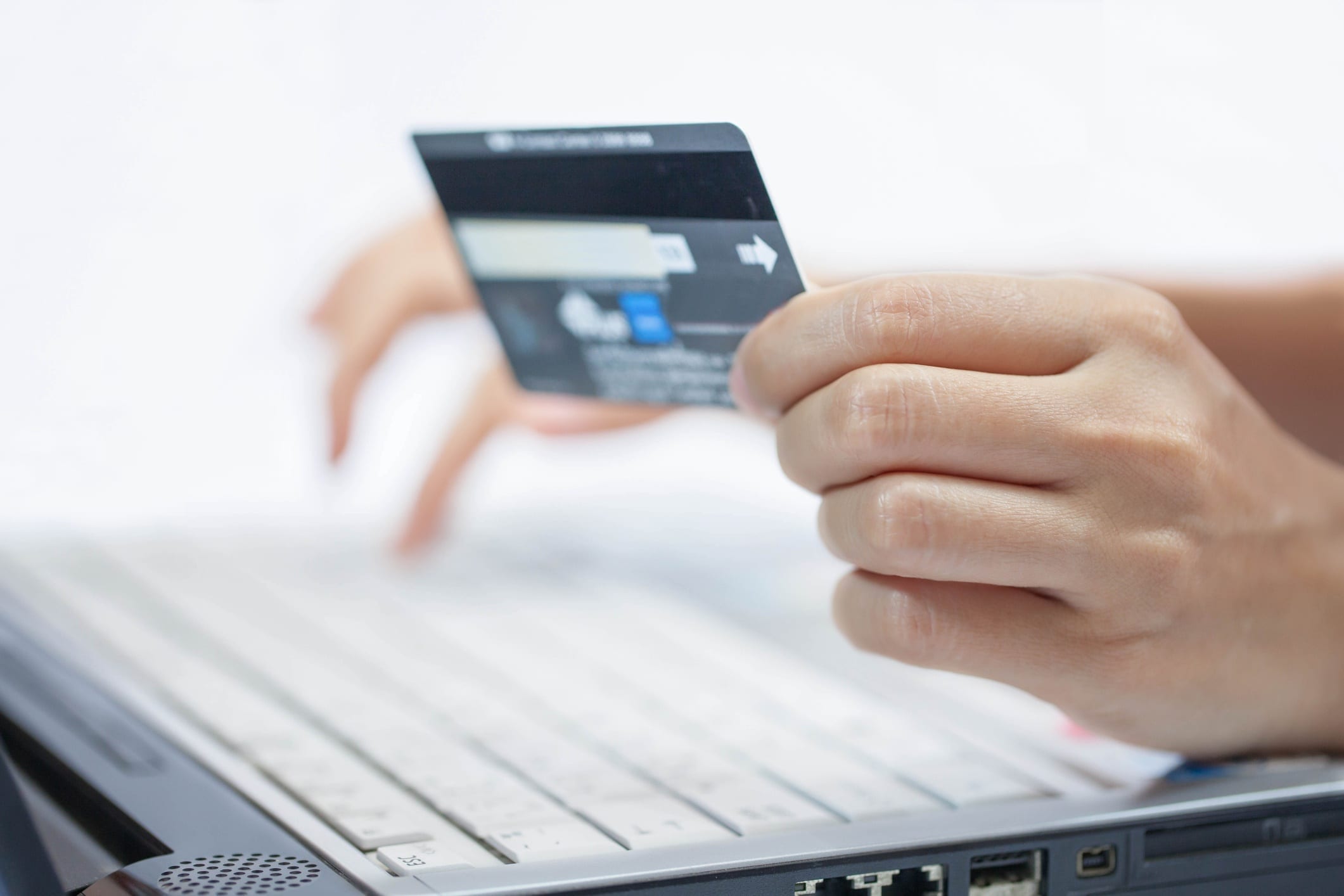
Using the Internet to shop has become increasingly popular over the years and shows no sign of slowing down. As you make your holiday purchases from the comfort of your own computer this year, be sure to remember these tips on how to know if a website is safe.
The Risks of Using an Unsafe Website
Fraud
The ultimate risk of using an unsafe website is having your identity stolen. If a page is isn’t hosted on a secure connection (or if it’s just a downright scam), your personal information, including your name, address and credit card, can fall into the wrong hands.
Contracting a Virus
Insecure websites may not steal your identity directly, but rather infect your computer with some sort of malware to capture your information instead.
When malware goes undetected on your computer for long periods of time, it compromises huge amounts of sensitive data until you realize it.
.jpg)
Bogus Goods
When you shop online, you expect to receive the products you buy as they’re advertised. However, there are fake websites which send you counterfeit goods that are unlike the ones they show in the pictures.
After you make a purchase from these sites, you’ll often find that they’re either shut down or they ignore your customer service inquiries.
How to Know if a Website is Safe: Warning Signs
Do Your Research
Checking to see if a website is legitimate before making a purchase is a very smart move. Your best bet is to run any sites you find suspicious through the Better Business Bureau’s Scam Tracker.
Also, read a couple of customer testimonials online. Steer clear of any site with overwhelmingly negative reviews. A simple search for “is [website name] legitimate?” should provide you with plenty of results.
Check for “HTTPS”
If you ask any cybersecurity expert how to know if a website is safe, they’ll tell you to check that the URL of the checkout page is preceded by “https://” (NOT “https://”) in your address bar.
The presence of the “S” indicates that you’re operating on a Secure Sockets Layer (SSL) portal, which will keep your information private.

How Does it Look?
Fake websites are often filled with flagrant spelling and grammatical errors. Legitimate websites typically proofread their content extensively to ensure an air of professionality.
Fraudulent sites also tend to have a poor design that’s hard to navigate, with blurry, low-quality images.
WHOIS it?
Many scam websites operate outside the United States, yet either masquerade as American sites, or list no contact information at all.
Using WHOIS to search the domain details will show you where the company is located. If it conflicts with the contact information listed on the website, you may want to avoid it.
Give Them a Call
Any legitimate business should be more than happy to help you over the phone. If you’re being transferred around to countless different phone lines, or receive no answer at all, your suspicions should be confirmed. Avoid the website.
For more information on how to know if a website is safe to buy from, check out this blog we wrote a while back. Also, be on the lookout for spoof emails, which increase in frequency right around this time of year!
{{cta(‘21368358-003c-4f37-b530-9631af96b096′,’justifycenter’)}}





